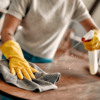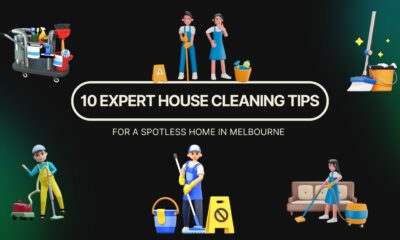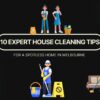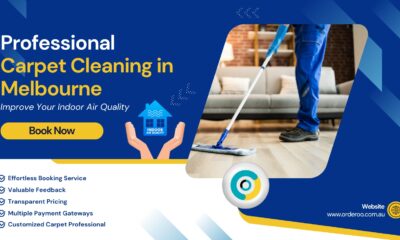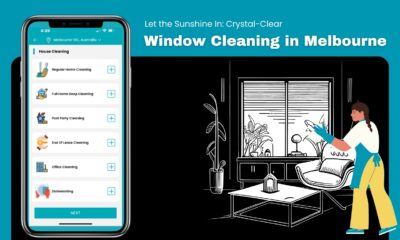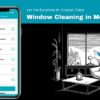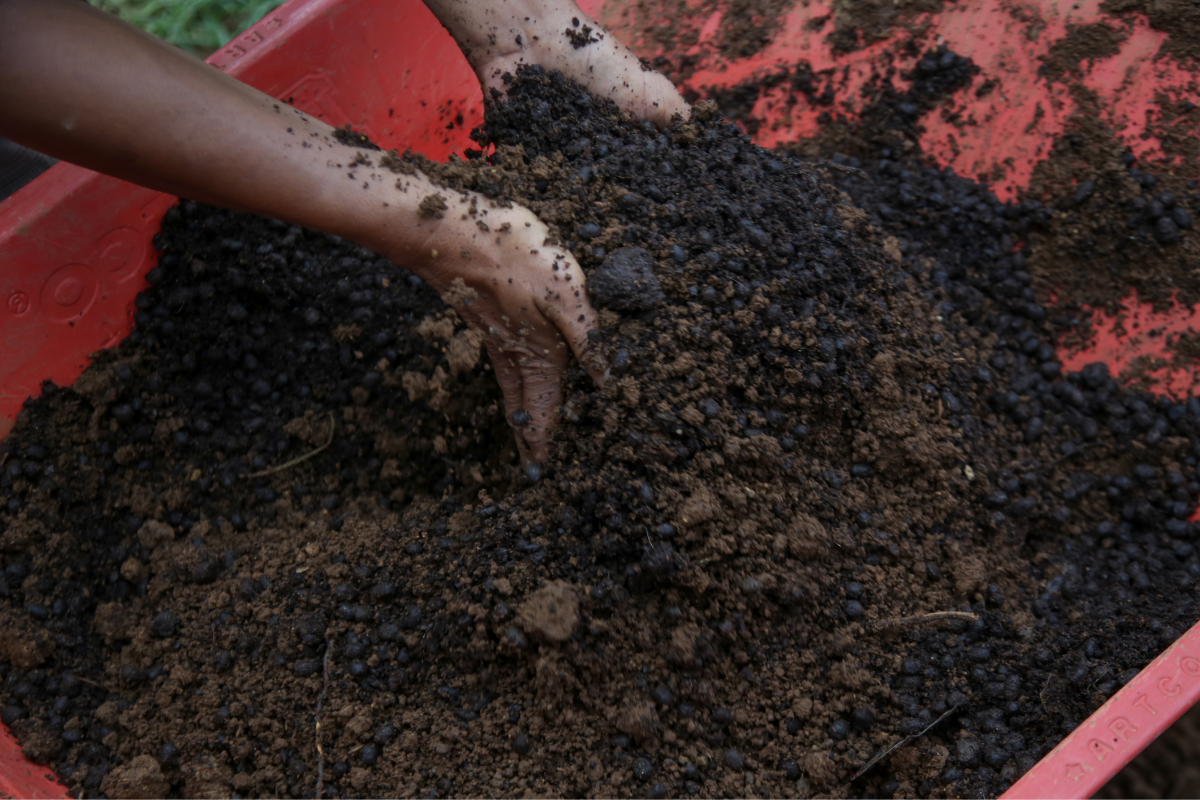Cleaning
12 Ways to an Allergy-Safe Haven: Sneeze-Free Living at Home
Living with allergies can be a constant struggle, especially when your home, which is supposed to be a safe haven, becomes a minefield of allergens. Sneezing, itchy eyes, congestion, and other allergy symptoms can take a toll on your overall well-being. However, with some conscious effort and thoughtful adjustments, you can transform your home into an allergy-safe haven, where you can breathe freely and enjoy life without constant discomfort. In this article, we’ll explore practical steps to achieve a sneeze-free living space for you and your family.
1. Identify Allergy Triggers:
The first step towards creating an allergy-safe home is to identify the specific allergens that affect you or your family members. Common indoor allergens include dust mites, pet dander, mold, pollen, and cockroach droppings. You may need to consult an allergist to perform tests and pinpoint the exact triggers.
2. Regular Cleaning Regimen:
Keeping a clean home is essential for reducing allergens. Establish a regular cleaning routine that includes dusting, vacuuming, and mopping floors. Use a vacuum cleaner with a HEPA (High-Efficiency Particulate Air) filter to trap small particles and prevent them from recirculating in the air. Wash beddings, curtains, and rugs frequently in hot water to eliminate dust mites and allergens.
3. Minimize Clutter:
Clutter can be a breeding ground for dust and allergens. Minimize the number of items in your home, especially in bedrooms, as this will reduce surfaces for dust to accumulate. Keep closets organized and consider using allergen-proof covers for mattresses and pillows.
4. Opt for Allergy-Friendly Flooring:
Carpets can trap allergens, making them difficult to remove completely. Consider replacing carpets with hardwood, tile, or linoleum flooring, as these are easier to clean and don’t trap allergens as much. If you prefer carpets, choose low-pile options and ensure regular professional cleaning.
5. Control Humidity:
Maintaining the right humidity level in your home is crucial for preventing mold growth. Use a dehumidifier in damp areas like basements and bathrooms to keep humidity levels below 50%. Additionally, fix any leaks or water damage promptly to prevent mold from spreading.
6. Invest in Air Purifiers:
Air purifiers with HEPA filters can significantly reduce airborne allergens. Place them in bedrooms and common areas to continuously filter the air and create a healthier environment. Make sure to choose purifiers suitable for the size of the room.
7. Keep Pets Out of Bedrooms:
If you have allergies to pet dander, it’s best to keep your pets out of bedrooms and other areas where you spend a lot of time. Regularly groom and bathe pets to reduce dander and use allergen-resistant covers for furniture where pets like to sit.
8. Choose Hypoallergenic Furnishings:
When selecting furnishings, opt for hypoallergenic materials like leather or vinyl, which are easier to clean and don’t harbor allergens as much as fabric upholstery. If you prefer fabric, choose microfiber or leather with tightly woven fabrics.
9. Ventilate Your Home:
Proper ventilation is essential for circulating fresh air and reducing indoor air pollutants. Use exhaust fans in the kitchen and bathroom to remove cooking fumes and moisture. Opening windows and allowing fresh air to circulate can also help improve indoor air quality.
10. Greenery for Air Quality:
Indoor plants can help improve air quality by absorbing carbon dioxide and releasing oxygen. However, if you’re prone to pollen allergies, be cautious with certain plants that may release allergens. Stick to low-pollen or pollen-free plants like snake plants, peace lilies, or Boston ferns.
11. Allergy-Friendly Bedding:
Invest in allergy-friendly bedding, including mattress and pillow covers that are specifically designed to block allergens. Opt for hypoallergenic pillows and comforters to further reduce the risk of allergy flare-ups during sleep.
12. Filter Your Air Conditioning:
If your home has an air conditioning system, ensure that it has proper filters that are regularly cleaned or replaced. High-quality filters can trap allergens and prevent them from circulating in the air.
In conclusion, creating an allergy-safe haven in your home requires dedication and consistent effort, but the benefits of a sneeze-free living space are worth it. By identifying and eliminating allergens, maintaining cleanliness, and making strategic changes to your home environment, you can significantly reduce allergy symptoms and enjoy a healthier and more comfortable lifestyle. Remember to consult with healthcare professionals for personalized advice, and make these adjustments to your home to transform it into an allergy-safe haven for you and your loved ones.






